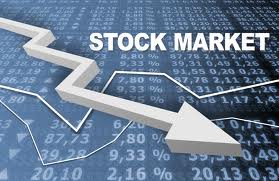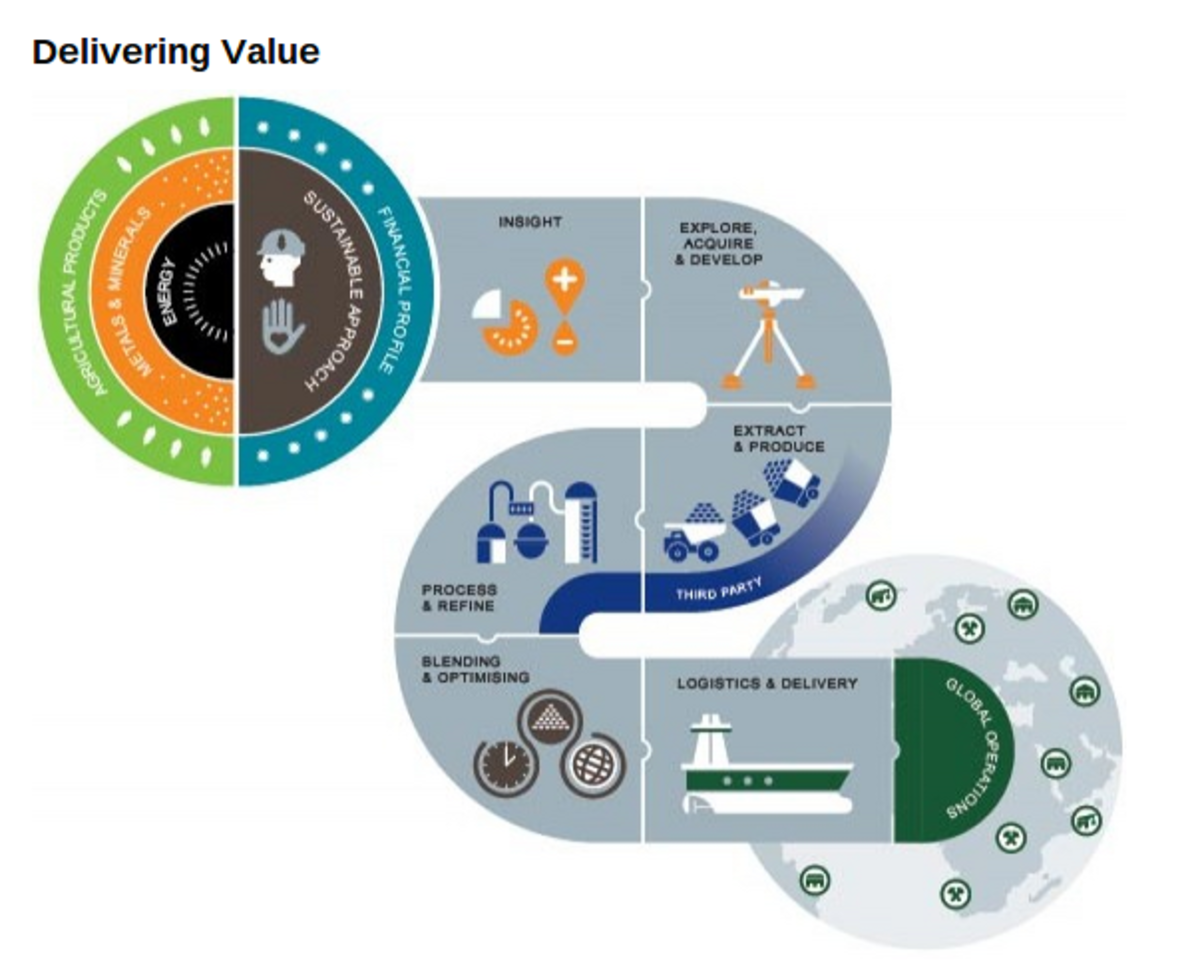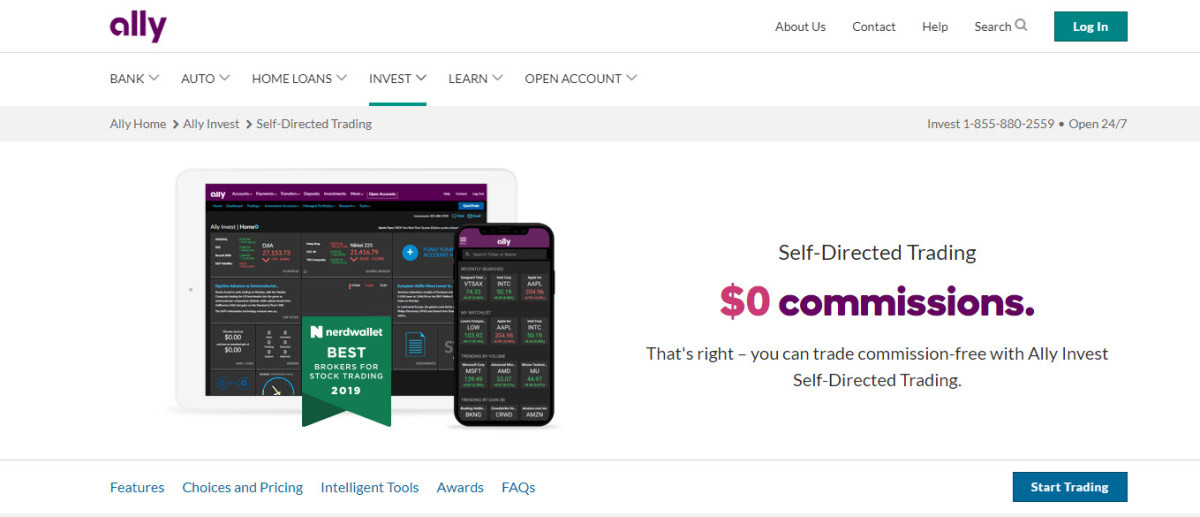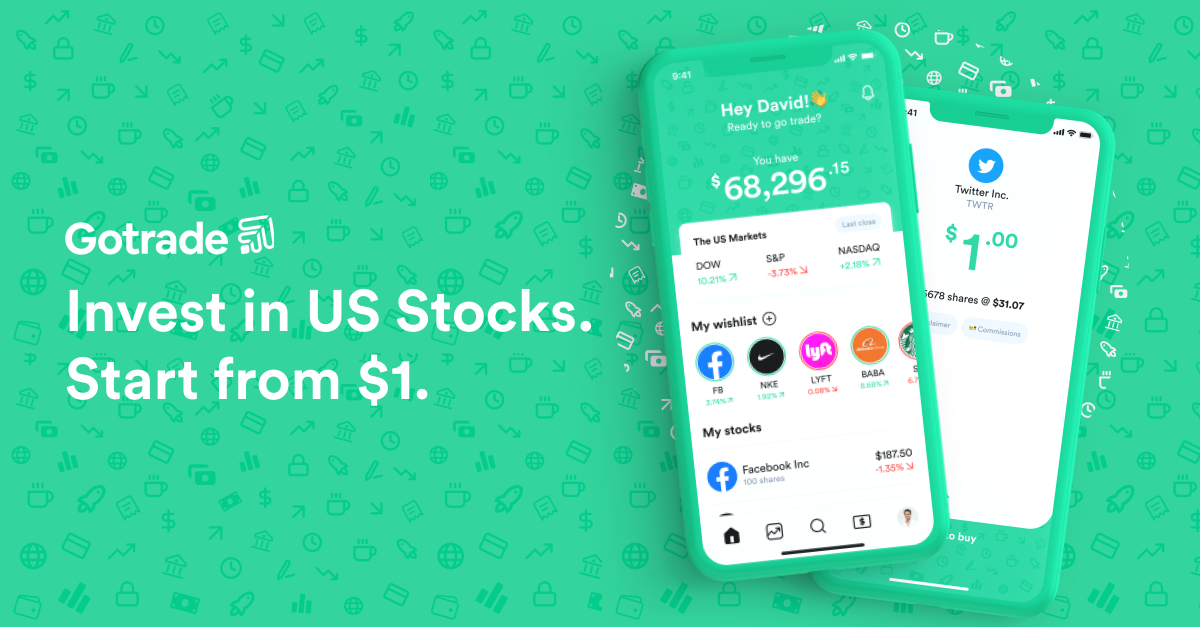How to Place Market Order and Limit Order in Stock Market Trading?

Market order and limit order are two important terms used in stock trading. Novice stock traders often get confused with these terms and tend to lose money by executing the orders wrong. Therefore, it is highly important to understand these concepts before entering into stock trading. Before knowing how market order and limit order exactly work, it is pertinent to gain knowledge on the two widely offered stock market products, namely cash or delivery, and intraday.
Cash or Delivery
Share trading is all about buying and selling of shares. In cash or delivery, the trader takes long-term positions. For example, the trader buys shares of company XYZ today and sells them after certain period at a better price. Similarly, the trader can sell the shares of company XYZ today and buy them back after certain period at a better price.
Example of Cash Buy
Price of a share of company XYZ at the time of buying is $100.
Number of shares bought is 100.
Price of a share of company XYZ at the time of selling is $110.
Number of shares sold is 100.
Hence, profit = (100X110) – (100X100) = $1,000.
Example of Cash Sell
If your analysis attributes that the share price of a company is going to fall in near future, you can sell the shares of that particular company and buy them back at a lower price. This is known as ‘short sell’ in stock trading.
Price of a share of company XYZ at the time of selling is $100.
Number of shares sold is 100.
Price of a share of company XYZ at the time of buying is $90.
Number of shares bought is 100.
Hence, profit = (100X100) - (100X90) = $1,000.
Square Off
In order to close a position, number of shares bought must equal the number of shares sold. This is called squaring off the trade. Your profit or loss is realized immediately after you square off your trades.
Intraday
Intraday trading is also known as day trading or margin trading. It works in the same way as cash trading; but in intraday, you should square off your trades before the end of the trading session. When you opt for intraday trading, you have no privilege to hold the position for long period. The advantage of intraday trading is that you can trade with margin amount as per the margin requirement fixed by your brokerage firm. This offer lets you trade large quantity of shares with less amount of money.
Example
Price of a share of company XYZ is $100.
Number of shares bought is 100.
Total amount is $10,000.
Margin requirement is 20%.
Margin amount required to enter into the trade = (20/100)X10000 = $2,000.
Hence, you can enter into the trade with the margin amount of $2,000 instead of the total amount of $10,000.
Market Order
In share trading, you have two options – you buy or sell shares at market price or at limit price. If you prefer to trade shares at market price, it is called market order. Market price of a share is the current price available for buying or selling.
How to place market order?
In order to place market order, key-in the following information on the order panel:
1. Book: select ‘RL’
2. Product: select ‘Cash’ or ‘Intraday’
3. Buy/Sell: select your option
4. Security ID: it is the ID by which the shares of a particular company is known. In order to search for security ID, click on the search box given next to the security ID column. When you click on the search box, you get a new panel, which asks for company name. key-in the company name and exchange name to get the security ID.
5. Order type: select ‘Market’
6. Quantity: mention the number of shares you want to buy or sell
7. Price: when you select the order type ‘Market’, this column automatically takes the market price (MP)
8. Click on OK button and confirm your order
Limit Order
Limit price is defined by the traders. When you place limit order, you agree to buy or sell shares at the limit price you mention or at a better price available.
Example
Suppose that the market price of a share is $100. But you want to buy the share at $90. In this situation, you can place a limit buy order, which is executed when the market price reaches $90. A better price in this case is anything below $90. Similarly, if you decide to sell the share at $110, you can place a limit sell order, which is executed when the market price reaches $110. A better price in this case is anything above $110.
How to place limit order?
In order to place limit order, key-in the following information on the order panel:
1. Book: select ‘RL’
2. Product: select ‘Cash’ or ‘Intraday’
3. Buy/Sell: select your option
4. Security ID: it is the ID by which the shares of a particular company is known. In order to search for security ID, click on the search box given next to the security ID column. When you click on the search box, you get a new panel, which asks for company name. key-in the company name and exchange name to get the security ID.
5. Order type: select ‘Limit’
6. Quantity: mention the number of shares you want to buy or sell
7. Price: key-in the limit price at which you want to buy or sell
8. Click on OK button and confirm your order







